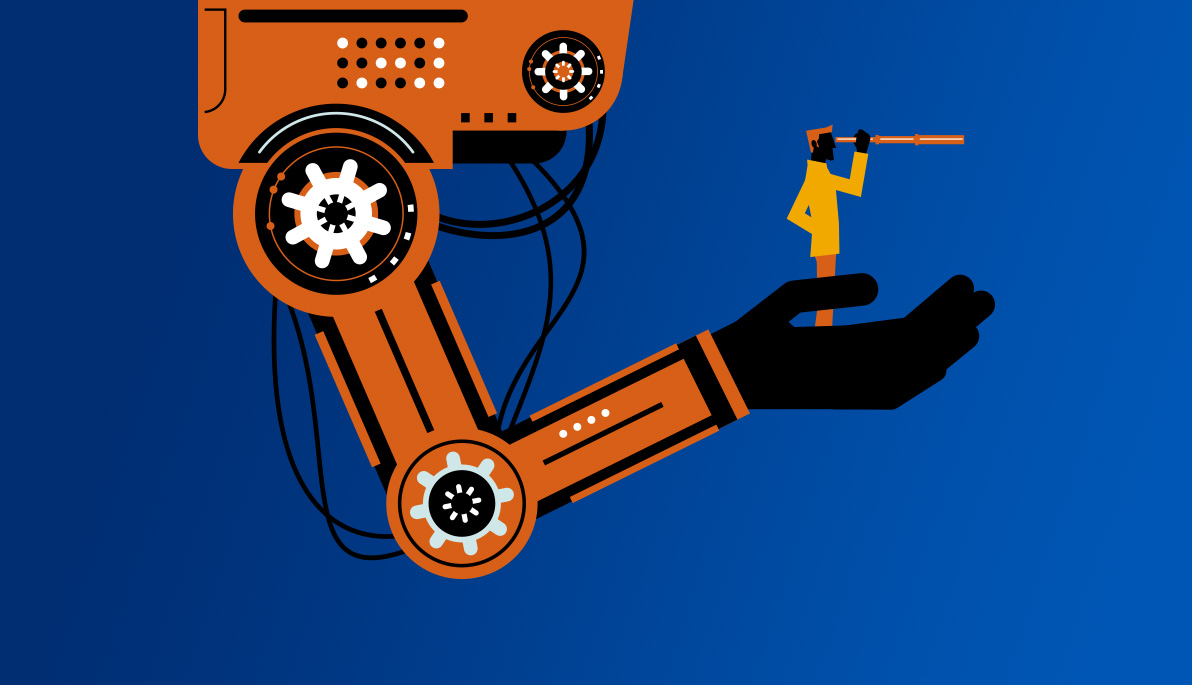News
Students “Arm” Themselves with Innovation
December 15, 2020
COVID-19 can’t stop New York Tech’s makers, doers, and innovators from the task at hand—or in this case, at “robotic arm.”
As part of a senior design project for completion of the B.S., Electrical and Computer Engineering, four undergraduate New York Tech students overcame the challenges of a global pandemic to reinvent the future. Rupinder Singh, Ashlin Thomas, Kyle Pratt, and Mohamed Moustafa, under the guidance of Aydin Farajidavar, Ph.D., associate professor and chair of electrical and computer engineering, worked together to build a functioning robotic arm.
When COVID-19 forced New York campuses into remote learning, and the world became well-acquainted with the words “social distancing,” the group pivoted quickly, understanding that flexibility with resources and location were necessary to complete their project. The team overcame pandemic challenges by working in shifts of two people at a time and between two places: a student’s home and the senior design lab in Harry Schure Hall. Group members wore masks when they were together, and all other communication was done remotely. In the end, the project was successful and exemplified an impressive robotic arm, as shown in the below video.
Artificial intelligence is increasingly finding its way into everyday life through facial recognition, social media algorithms, smart home devices, and more. At the same time, robotic manufacturing is also quickly becoming more accessible for things like hands-free driving, home maintenance and cleaning, surgeries, and manual building/physical labor, among other things. As a result, there is an increased demand for robotic equipment, with the robotic arm among the most common forms of robotic technology. Arms often consist of joints, articulations, and manipulators that function together similar to a human arm. They can be controlled remotely or by a computer to pick up objects and maneuver them from a distance.
The arms are often used as “stepping stones” to more industrialized robotics and automation. They are used for a variety of tasks, including those that are difficult, tedious, and repetitive to humans. Some of these jobs and tasks can be dangerous, and the use of robotic arms can prevent injury. They are also far more accurate than human ability and increase the efficiency of tasks that would normally take a human being far longer to complete. Because of this, robotic arms are most valued in fields such as industrial production, manufacturing, and machining.
“This was an interesting project that can have plenty of applications in various industries from automobile manufacturing to telesurgery,” said Farajidavar. “The group of undergraduate students who were involved in this project proved that nothing can stop New York Tech students from success, not even COVID-19.”
Video Credit: Rupinder Singh


_Thumb.jpg)


